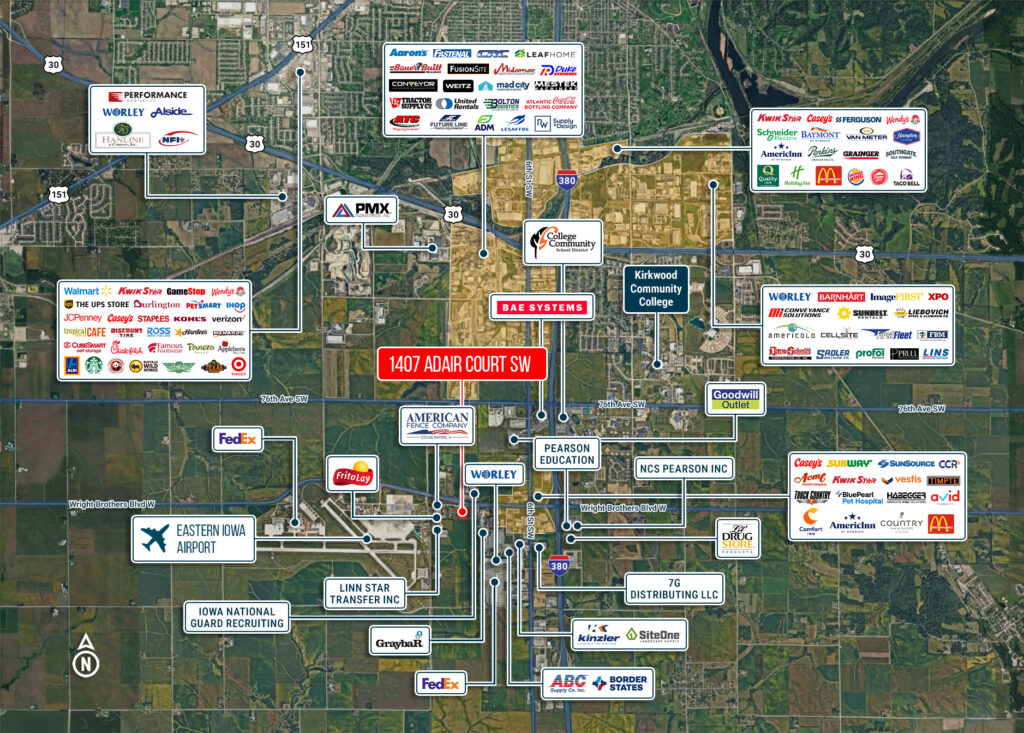
Imagine walking into a boardroom filled with investors, each one weighing their next big move. You have the numbers, the vision, and a strong investment strategy. However, how do you communicate it in a way that grabs their attention? This is where a Private Equity Offering Memorandums becomes your greatest asset. It’s not just paperwork; it’s the story that turns interest into commitment.
A well-crafted Offering Memorandums serves as both a persuasive marketing tool and a legal framework. On one hand, it positions your fund as a compelling investment opportunity. On the other, it lays out the structure, terms, and compliance details investors need to make informed decisions. Without a strong OM, even the most promising funds risk being overlooked. Consequently, by presenting your fund with clarity and impact, you make it easier for investors to assess the opportunity and move forward with confidence.
The Key Elements of an Effective Private Equity Offering Memorandums
Crafting a Strong Executive Summary
Private equity Offering Memorandums must do more than just provide information—it must tell a story. That begins with the executive summary, which should immediately capture attention. Think of this as your opening pitch. Within the first few sentences, investors should understand what your fund is, why it matters, and what makes it different. If this section doesn’t spark interest, they may not continue reading. Furthermore, a compelling summary ensures that investors stay engaged from the start.
Defining a Clear Investment Strategy
Beyond the summary, investors want to see a clear investment strategy. They need to know where their money will go and how it will generate returns. Therefore, it is essential to outline what industries, markets, or asset classes your fund focuses on. Moreover, explaining how you plan to manage risks and maximize profitability reassures investors that your approach is well-thought-out. By providing a well-structured roadmap, you ensure that investors can see the logic behind your strategy.
Establishing Fund Structure and Terms
Equally important is the fund structure and terms. Transparency here builds trust. Investors need to know the size and duration of the fund, how profits are distributed, and what exit strategies are in place. Therefore, clear and concise explanations prevent confusion and show that your fund operates with professionalism and integrity. Additionally, outlining these details upfront prevents misunderstandings and fosters long-term trust between investors and fund managers.
Showcasing Experience and Credibility
Experience also plays a crucial role in investor confidence. Investors want to know they are entrusting their capital to a capable team. Consequently, highlighting your team’s track record, past successes, and industry expertise reassures them that their money is in the right hands. Moreover, showcasing the skills and experience of key team members reinforces the credibility of your fund and increases investor confidence.
Addressing Potential Risks
While it’s tempting to focus solely on the opportunity, no investment is without risk. Addressing risk factors head-on demonstrates both honesty and preparedness. Market fluctuations, regulatory changes, and economic downturns can all impact returns. Because of this, it is crucial to outline potential challenges and explain how you plan to mitigate them. By proactively addressing risks, you reinforce investor trust and demonstrate that you have contingency plans in place.
Presenting Financial Projections and Performance
Investors also rely on financial projections to gauge potential returns. Presenting clear, data-driven forecasts gives them the insight needed to evaluate profitability. For that reason, using well-organized tables, graphs, and comparisons to industry benchmarks makes complex financials easier to digest. Additionally, ensuring that your numbers tell a compelling story strengthens your credibility and helps investors visualize their potential returns.
Ensuring Legal and Compliance Transparency
Finally, private Offering Memorandums must include legal and compliance considerations. From regulatory disclosures to confidentiality agreements, these elements protect both your fund and the investors. Furthermore, a thorough legal section reassures investors that everything is structured correctly, minimizing potential conflicts or legal concerns down the road. By making legal transparency a priority, you create a foundation of trust and security for all stakeholders.
A great Offering Memorandum isn’t just about content—it’s about presentation. The way information is structured, the clarity of your messaging, and the design all contribute to the investor’s experience. Using visuals such as charts and infographics can make financials more digestible, while strategic formatting ensures the document flows smoothly. As a result, investors are more likely to engage with and understand the opportunity presented to them.
More importantly, the tone should feel engaging and confident. Investors are not just looking for numbers; they are looking for leadership. The best Offering Memoranda make them feel like they are stepping into a well-planned, expertly managed opportunity. Because of this, it is important to maintain a persuasive and professional tone throughout the document. The stronger the story you tell, the more compelling your investment opportunity becomes.
In the end, a well-prepared Offering Memorandum does more than just provide details—it creates momentum. It bridges the gap between interest and action, helping investors see why your fund is worth their time and capital. In private equity, numbers matter, but trust and clarity seal the deal. Therefore, by crafting an Offering Memorandum that is as persuasive as it is informative, you give your fund the best possible chance of securing long-term investment partnerships.




